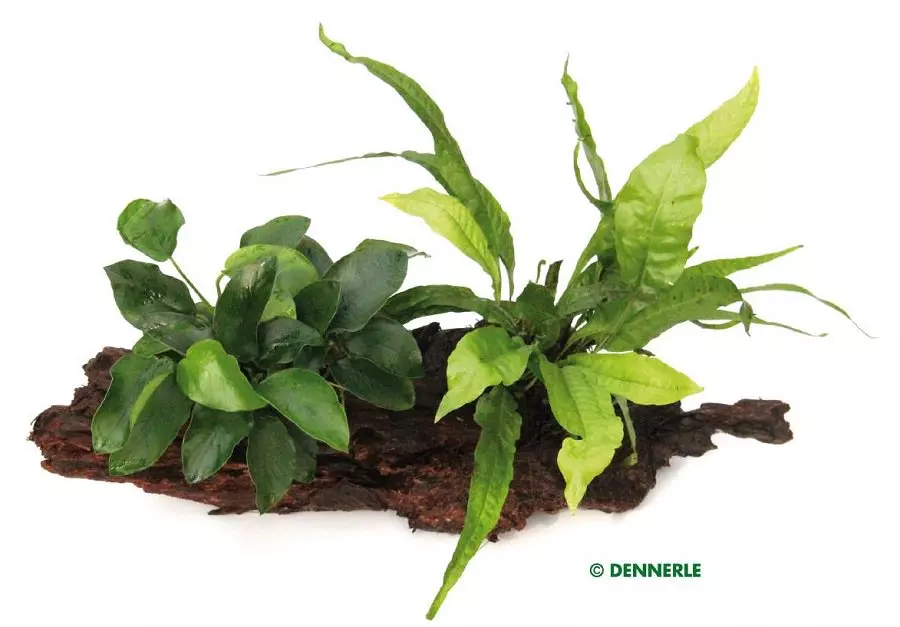| Quantity | Unit price |
|---|---|
| To 2 |
CHF 8.90
|
| From 3 |
CHF 6.90
|
Stock: 0
Available in 1-3 days, acquisition time 14 days

Hygrophila corymbosa / Kirschblatt - Riesenwasserfreund
| max. Wuchshöhe | - 50 cm | Herkunftsland | Südostasien |
|---|---|---|---|
| Eignung | Diskusaquarium | Typ | Stängelpflanze |
| Familie | Acanthaceae | Gattung | Hygrophila |
| Vermehrung | Kopfsteckling | Wuchsgeschwindigkeit | schnell |
| pH | 5 - 8 | Wasserhärte | 0 - 30 °dh |
| Hinweise | Anfängerpflanze | ||
Hygrophila corymbosa ist in Südostasien eine weitverbreitete Stängelpflanze. Dabei gibt es einige Varietäten, die sich in der Blattform unterscheiden. In der Regel sind die Überwasserblätter deutlich dunkler gefärbt als im submersen Stadium. Der Riesenwasserfreund ist eine gute Anfängerpflanze für den Hintergrund. Durch das schnelle Wachstum werden überschüssige Nährstoffe aufgenommen und so den Algen die Nahrungsgrundlage entzogen. Sobald die Triebe die Wasseroberfläche erreicht haben, werden sie wieder zur Hälfte eingekürzt. Dabei empfiehlt sich eine stufige Anordnung der Stängel.
| Aquarium: | Community aquarium |
|---|---|
| Genus: | Hygrophila |
| Growth: | fast |
| Origin: | Asia |
| Properties: | Stem plants |
| Stand: | In the background |
Login
24 February 2019 13:55
Super Pflanze und Lieferung!
Schöne Pflanze, pflegeleicht und super Lieferung!
11 January 2019 14:21
superbe
superbe









.jpg)











